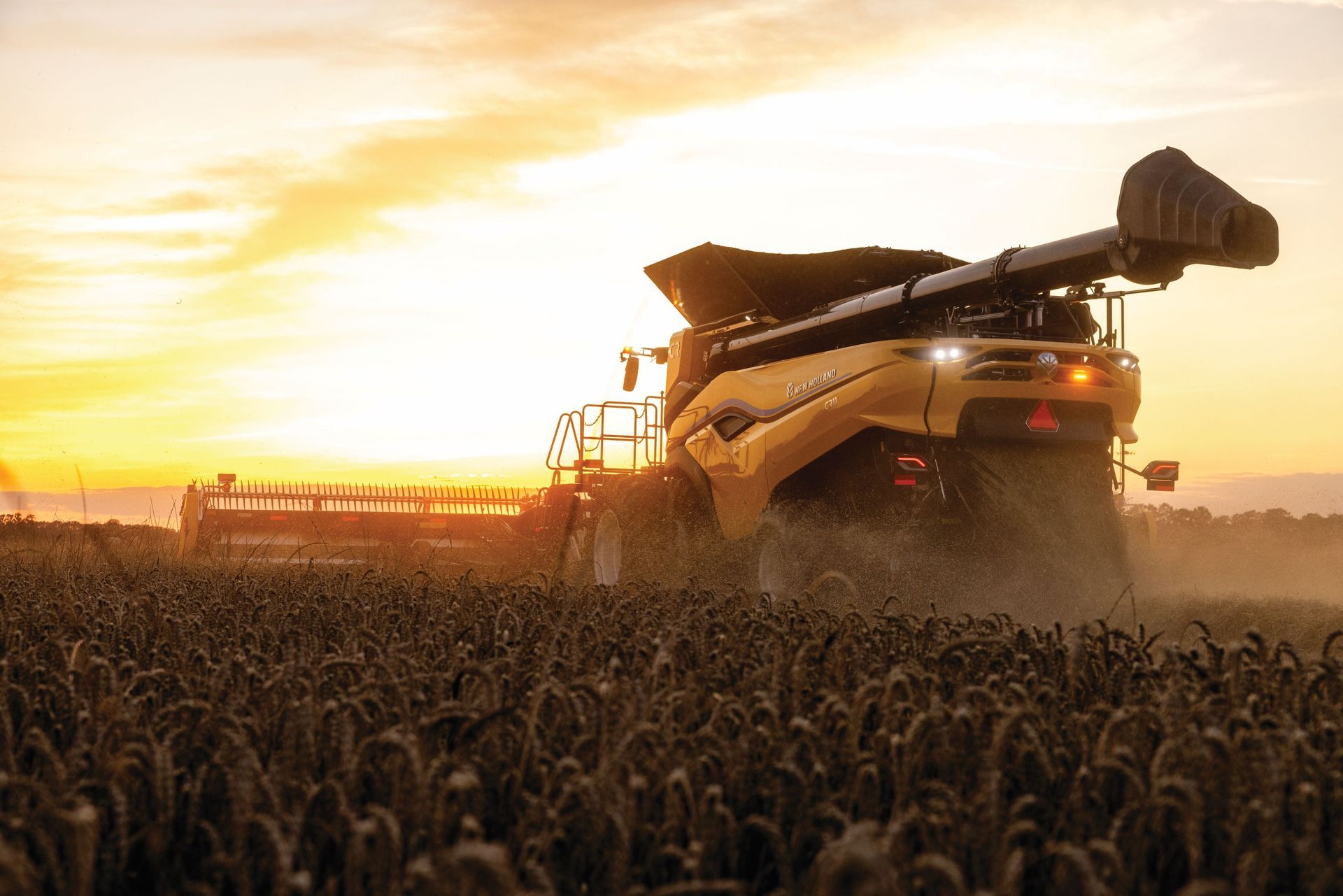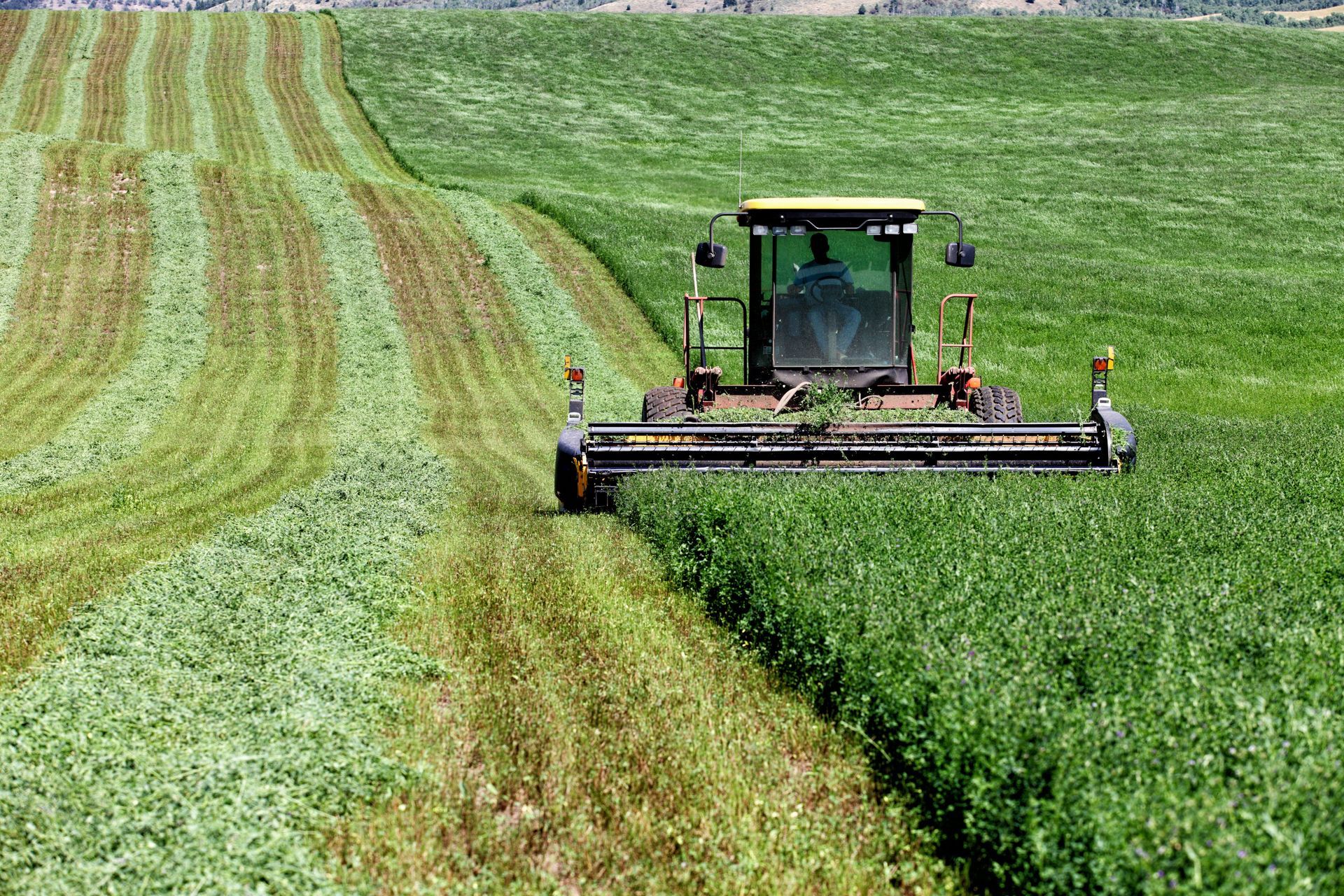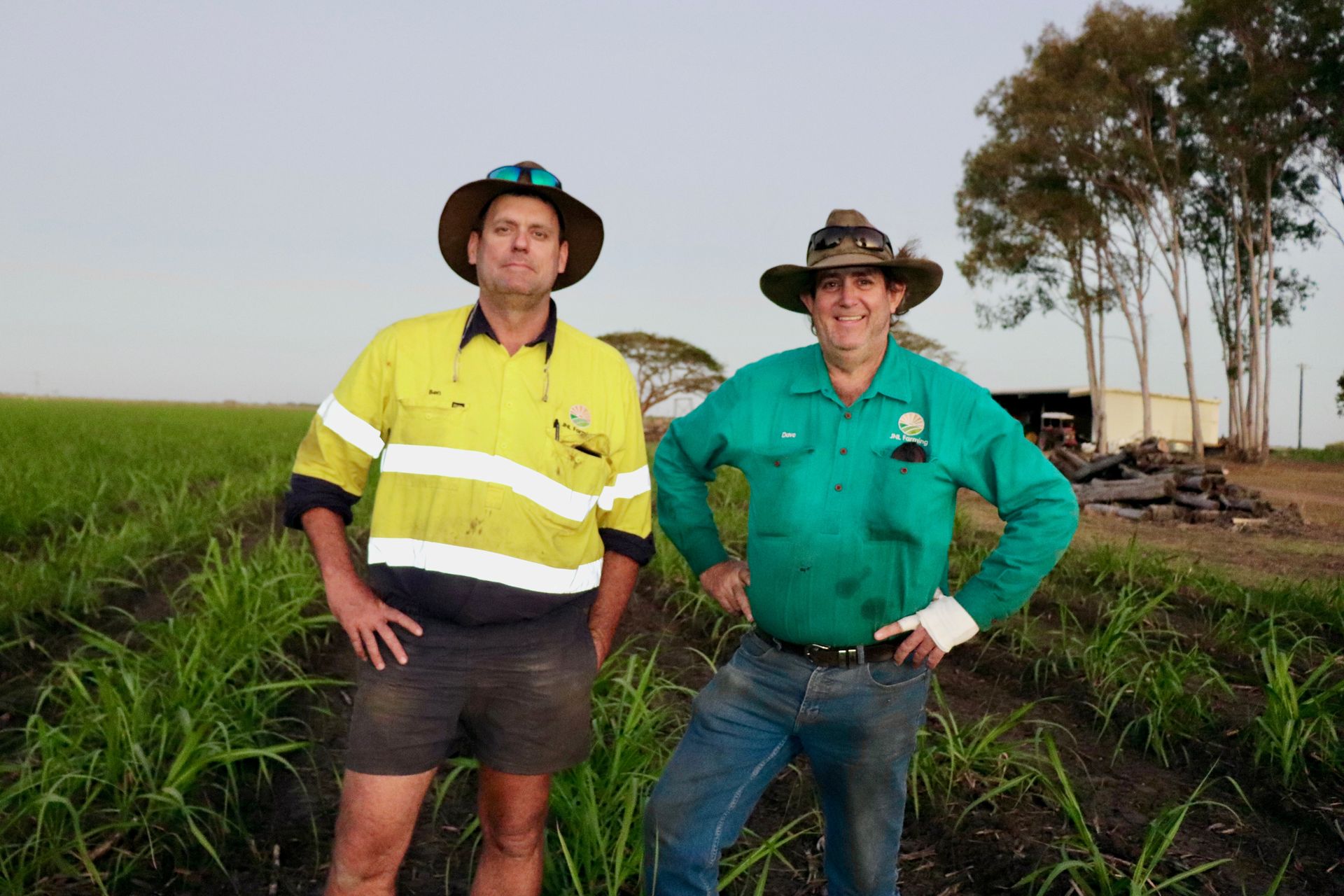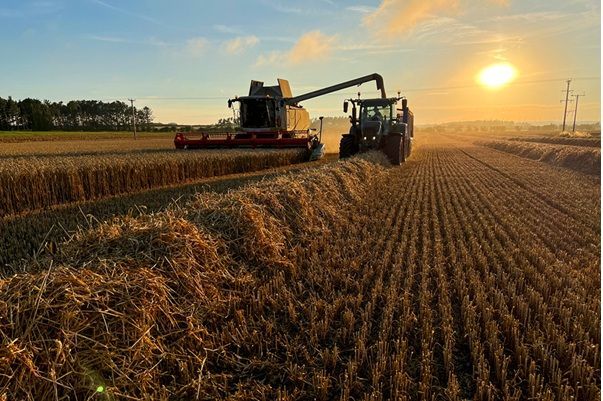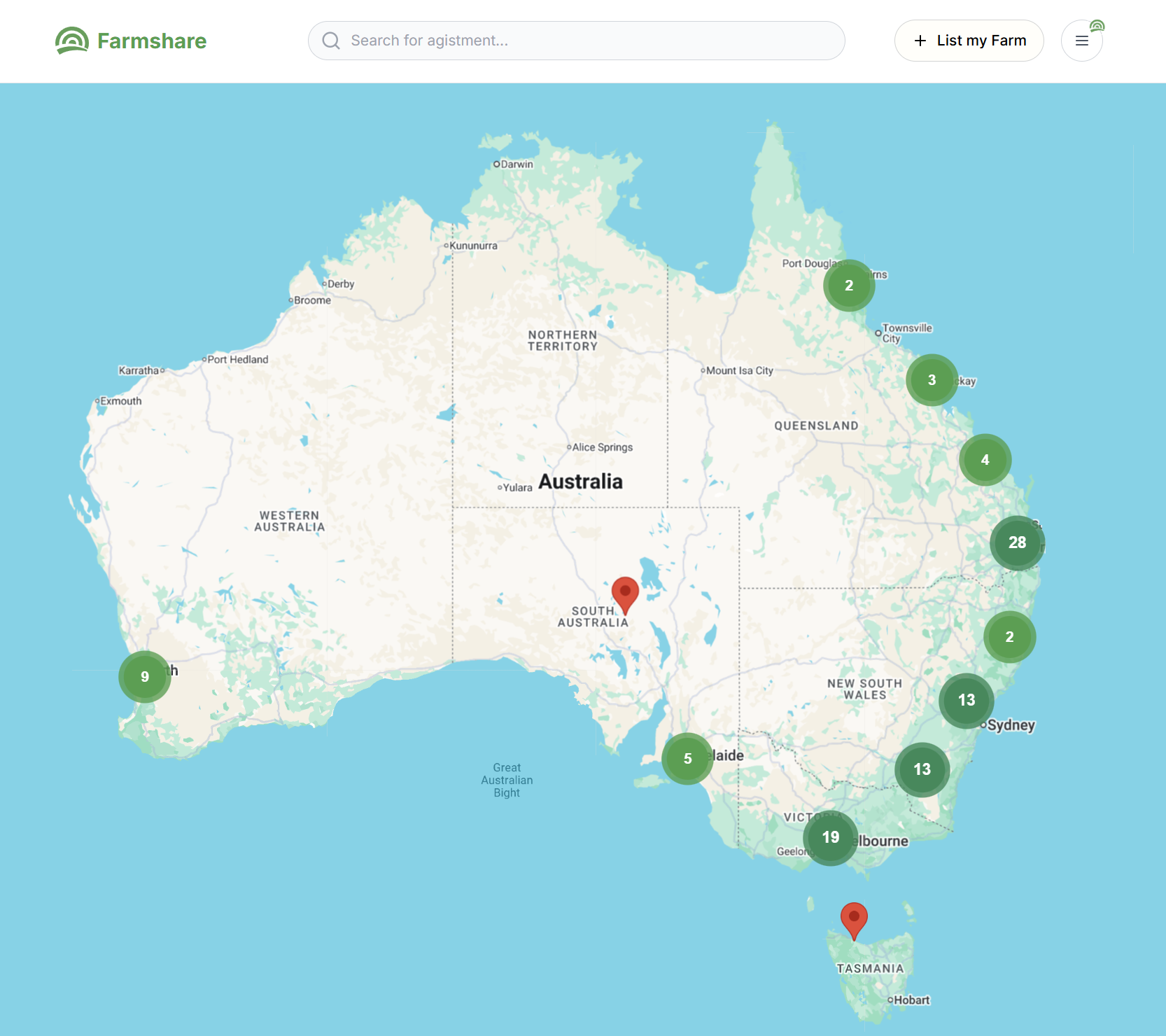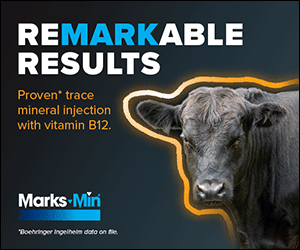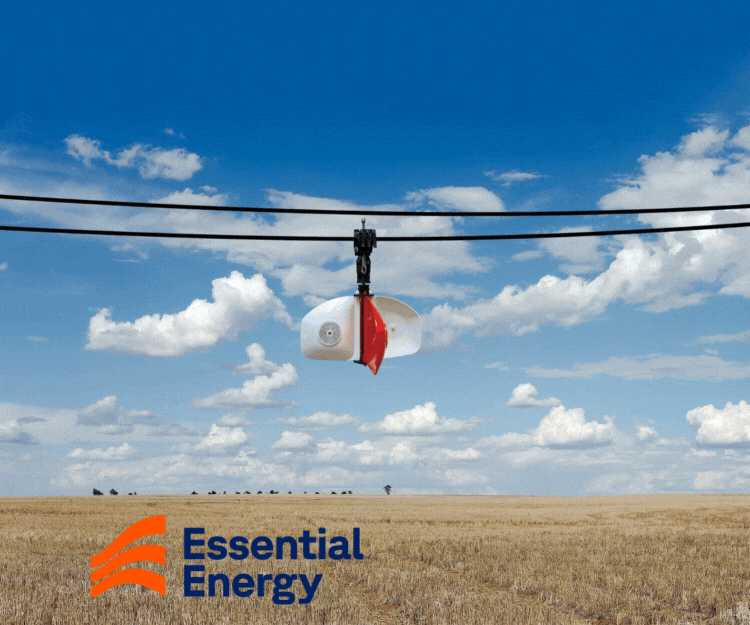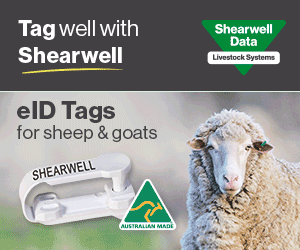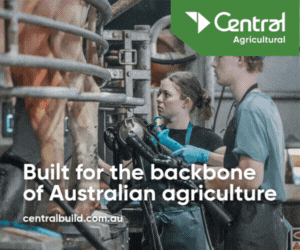1MG FlippingBooks
Big data, big money: capitalising on the information revolution

Historians point to three major shifts or revolutions in the span of human history that have changed the ways people live and work:
1. The agrarian revolution, in which people ceased being hunter-gathers and started growing crops and domesticating livestock. At this time, the majority of the working population became involved in agriculture.
2. The industrial revolution, in which the industries and wealth introduced by mass-production pulled people out of rural areas and into cities. (Globally, this process is still underway as the role of the majority of labour in the world economy has now shifted from agriculture to manufacturing.)
3. The information revolution – the one we are living in right now. Jobs are shifting from the manufacturing sector to the services and knowledge economies.
These trends offer an eye-opening perspective on the future of our agricultural communities. The skills required to flourish within each of these revolutions are often completely foreign to those living in the years preceding the revolution. Imagine a hunter-gatherer staring out across the river at a group of people planting seeds in the ground, thinking: “Why do that when plants grow by themselves?” To a hunter-gatherer, farming would make little sense; it requires a completely different skill set from his existing one.
If the information revolution proves to be as monumental as the two that preceded it, are we soon going to find ourselves as hunter-gatherers looking out across the river? Will we have to adapt new technologies, skills and attitudes to face an information-driven world?
For agriculture, as with everything, forging into the information revolution will require new approaches and ways of thinking. We will have to adapt our mechanised, industrial farming methods to the new reality of the information age – a process that many have already started.
New and affordable sensors are allowing farmers to measure more than we ever could before. Grain farming alone has seen the emergence of the ability to record:
- Yield data – For nearly a decade, tractors and harvesters have been sold standard with GPS guidance and steering, tools that can enable the gathering and mapping of yield information during harvest. We are even starting to see detailed mappings of grain quality parameters such as moisture, oil content and protein levels.
- Telemetry/machine data – Recent advancements in telemetry have meant farmers can choose to log machine performance data captured by the GPS in real-time as it is happening in the field.
- NDVI and aerial photography-based information – Drones and satellite imaging can be used to keep close tabs on plant and soil activity.
- Paddock operation data – Data is collected showing details about what inputs we apply to the fields – including seed, fertiliser and chemical applications – as they’re applied.
- Information about soil moisture and temperature levels at various depths – Developments in remote water monitoring, for example, have necessitated more tools to gather information about water availability and use.
Sectors other than grain have had their own advances in data gathering, too; dairy farmers can collect production data for each cow milked and record information on individual animals such as body temperature, milk production and daily movements.
Horticulturalists can monitor levels of radiation, humidity and temperature in greenhouses, optimising them all for the best plant growth without even having to be physically present!
Collecting this data allows farmers to more precisely apply inputs. What precision agriculture stresses is “doing the right thing, in the right place, in the right way, at the right time”. This is where technology empowers farmers to be both more productive and better environmental stewards. Using herbicides in a more targeted way, for example, is a good practice for the environment, farm and business. Likewise, appropriately timed use of fertiliser allows for better yields, efficient application and the minimisation of runoff leaching into the environment. Digital agriculture is helping make better farmers and a healthier environment.
The ability to collect and store all of this farm-related data presents many opportunities for farmers, and also more than a few challenges. The opportunities lie in being able to consistently identify over- and underperforming areas of the farm, and use that information to make informed decisions about what to do with these areas.
Understanding in a more nuanced way what happens on farm allows farmers to be more targeted with inputs and to be more informed when it comes to putting money into capital-heavy investments such as machinery upgrades. As “big data” becomes a commodity, a number of companies are even willing to pay for the information that farms store and collect. An American start-up called Farmobile has developed a proto-marketplace for farmers to sell the data they’re already passively collecting to those interested in using it. Willing buyers are projected to include researchers and larger agribusiness companies, a reality that means that this data may lead to the discovery of things of which we were previously unaware.
While there are many business and economic incentives to modernising farming, there are certainly also challenges in harnessing the power of new tools and technologies. Not many farmers have been taught how to collect “good” data, so it’s imperative that new tools and applications come along which are well-designed and easy to use for people with no research background. Growing skills and digital demands need the connectivity and infrastructure to support them, and the hope is that the National Broadband Network, as it is rolled out across the country, will offer the solution to lagging internet speeds and spotty rural connections.
Whether or not the underlying infrastructure is in place in time, these new technologies are coming to agriculture in a big way, and soon. Agricultural tech’s bellwether event occurred in 2013, when agribusiness corporation Monsanto spent nearly US$1 billion to buy The Climate Corporation, a company that used climate data to help farmers manage weather risk.
New investment capital is coming into our industry in a way that could shake it up. This new money flowing into agriculture requires a fair bit of belief in technology, but it also requires the years of industry knowledge leaders like us have acquired.
Farming is complicated: we deal in the infinitely complex natural world, which naturally means dealing – either explicitly or in practice – with huge amounts of data. As computing power gets cheaper and sensors become more widely available and easier to use, it will simply become assumed that farmers will need methods of data collection and analysis.
As early adopters, farmers can capitalise on our use of these technologies, or else we can wait for those we deal with to profit off of it instead.
WRITTEN BY Jonathon Dyer
